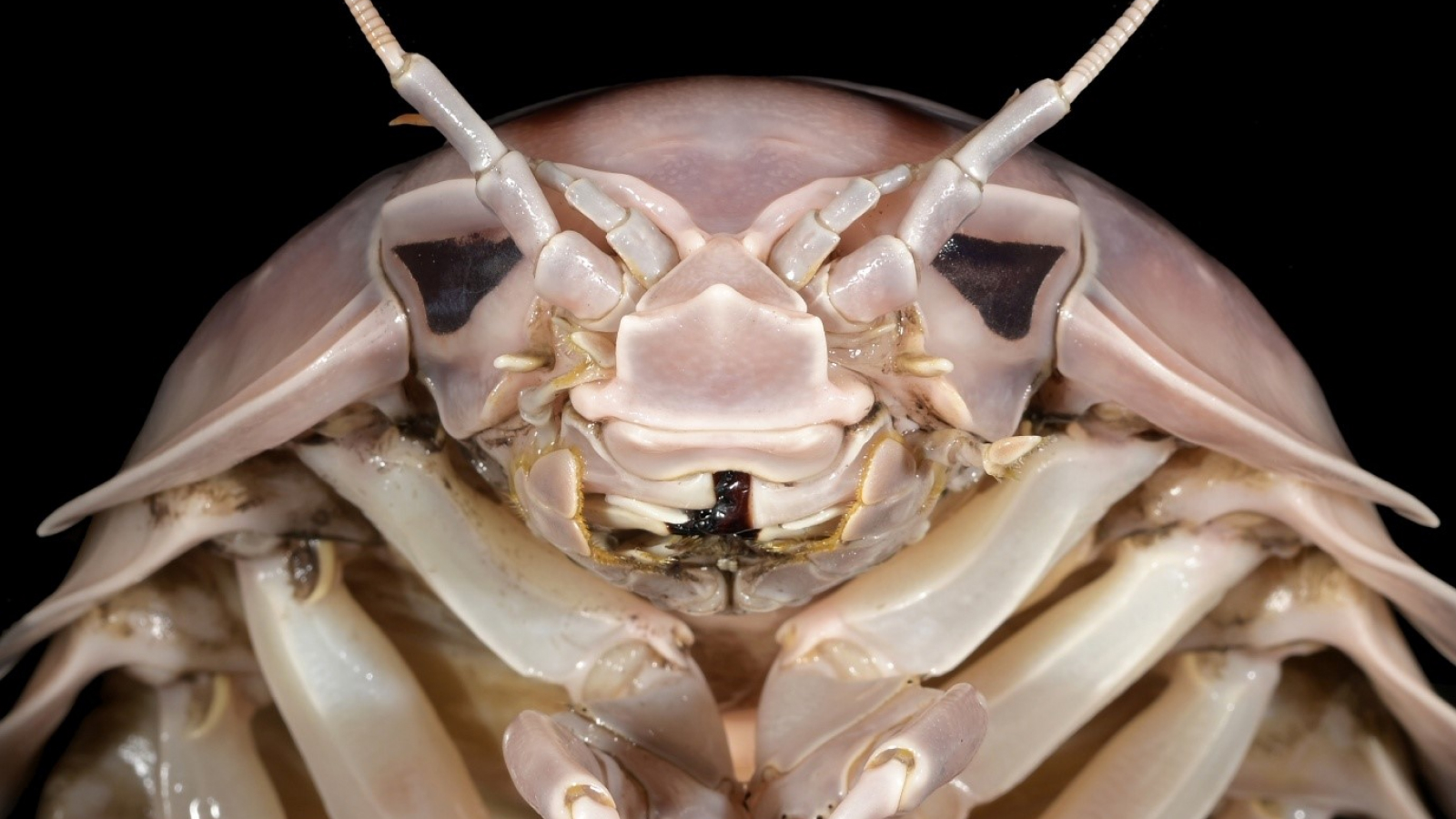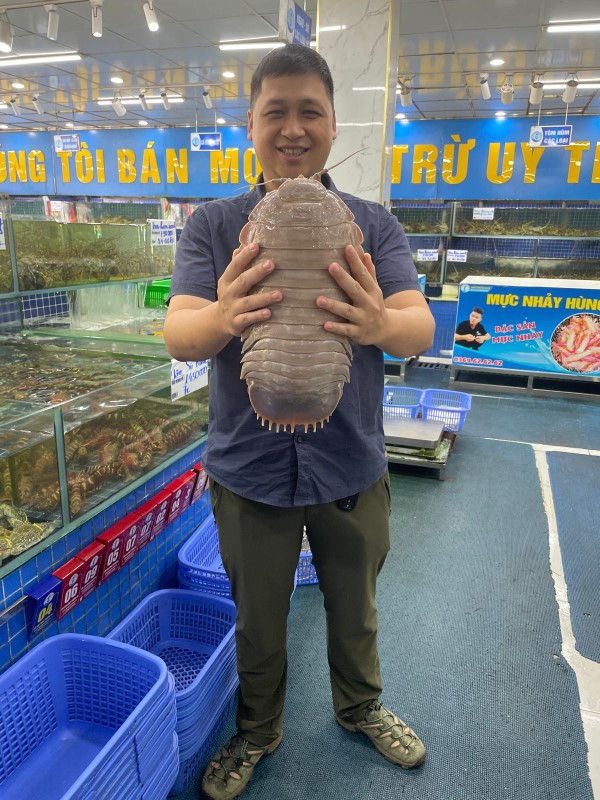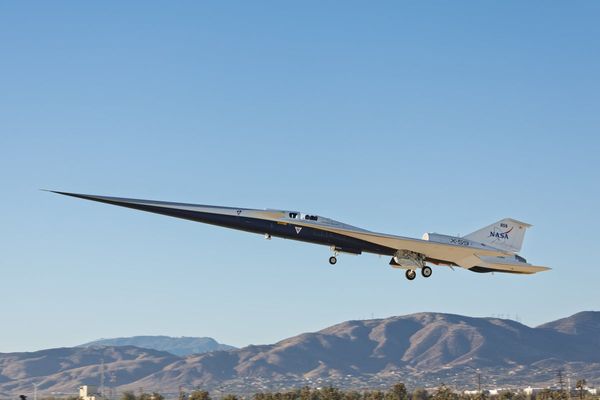
Scientists have discovered a never-before-seen giant sea bug after studying samples purchased from fishers in Vietnam.
Bathynomus vaderi belongs to the genus Bathynomus — giant isopods that are abundant in cold, deep waters. It is a "supergiant," weighing over 2.2 pounds (1 kilogram) and growing up to 12.8 inches (32.5 centimeters) long, making it one of the largest known isopods.
The species is named "vaderi" because its head resembles Darth Vader's iconic helmet from "Star Wars."
B. vaderi has so far only been found near the Spratly Islands, an archipelago in the South China Sea, but it may also live in other parts of the South China Sea, according to the study.
Related: Large, ghostly white crab-like predator discovered at the bottom of the Atacama Trench
For the new study, published Jan. 15 in the journal ZooKeys, the team examined samples caught by local fishers and found that a few specimens had distinctive physical features that marked them as a newfound species. The team described B. vaderi’s pronounced depression in its hip bone and a unique bony ridge protruding from its coracoid bone that distinguishes it from other supergiant isopods.

The researchers noted that Bathynomus species have recently become a delicacy in Vietnam, often compared to lobster. The local demand has turned these sea bugs into an expensive staple of the live-seafood market, leading to increased fishing pressures in the region.
This commercial interest provides both opportunities and challenges, the researchers said. The rapidly growing market could threaten giant isopods, but it could also pave the way for stricter regulations and sustainable practices in deep-sea fishing.
B. vaderi is not the largest isopod species. That title goes to B. jamesi, which can grow to around 20 inches (50 cm) and weigh 5.7 pounds (2.6 kg). Supergiant isopods are often found in deep-sea environments so they are challenging to study due to their inaccessibility.







